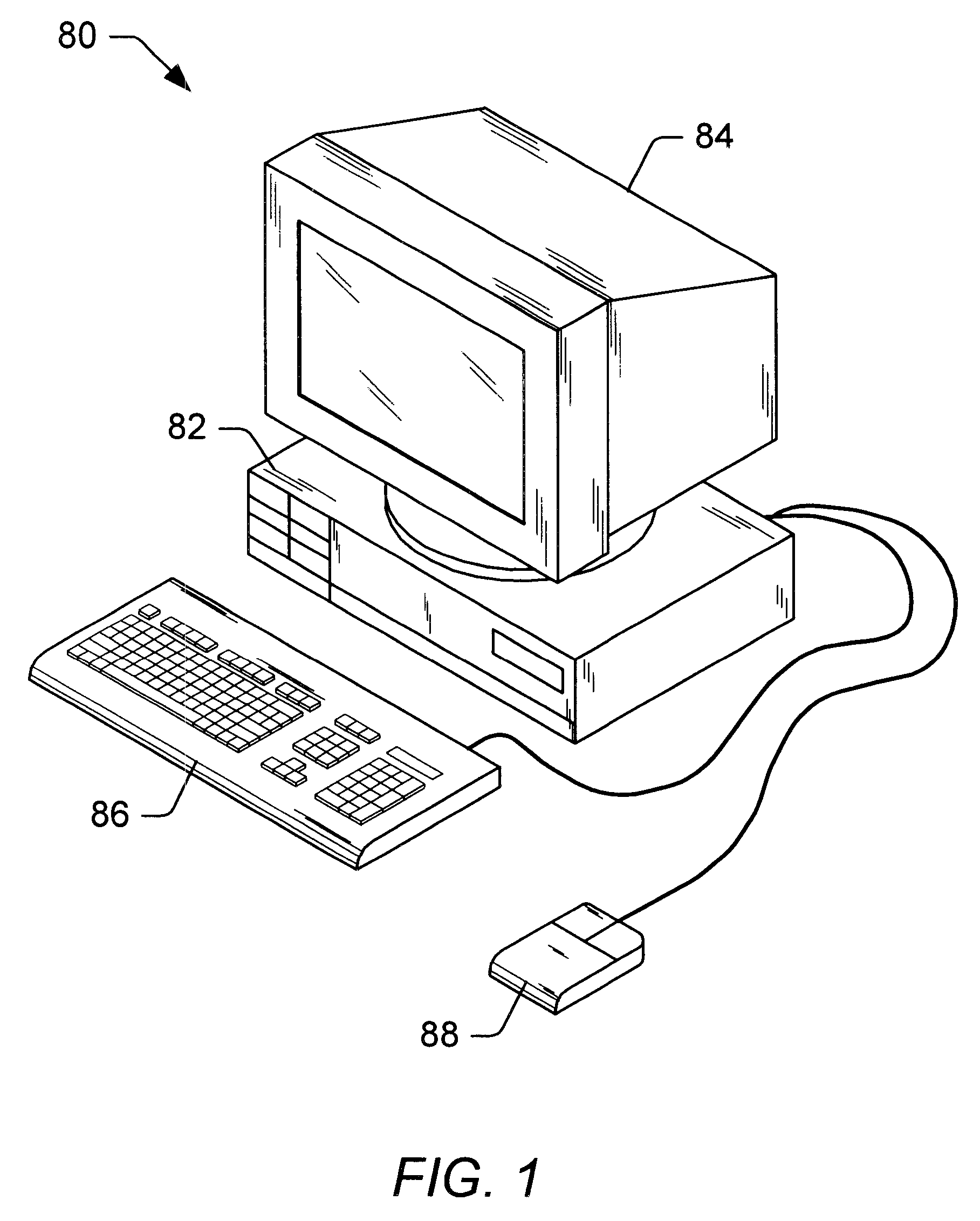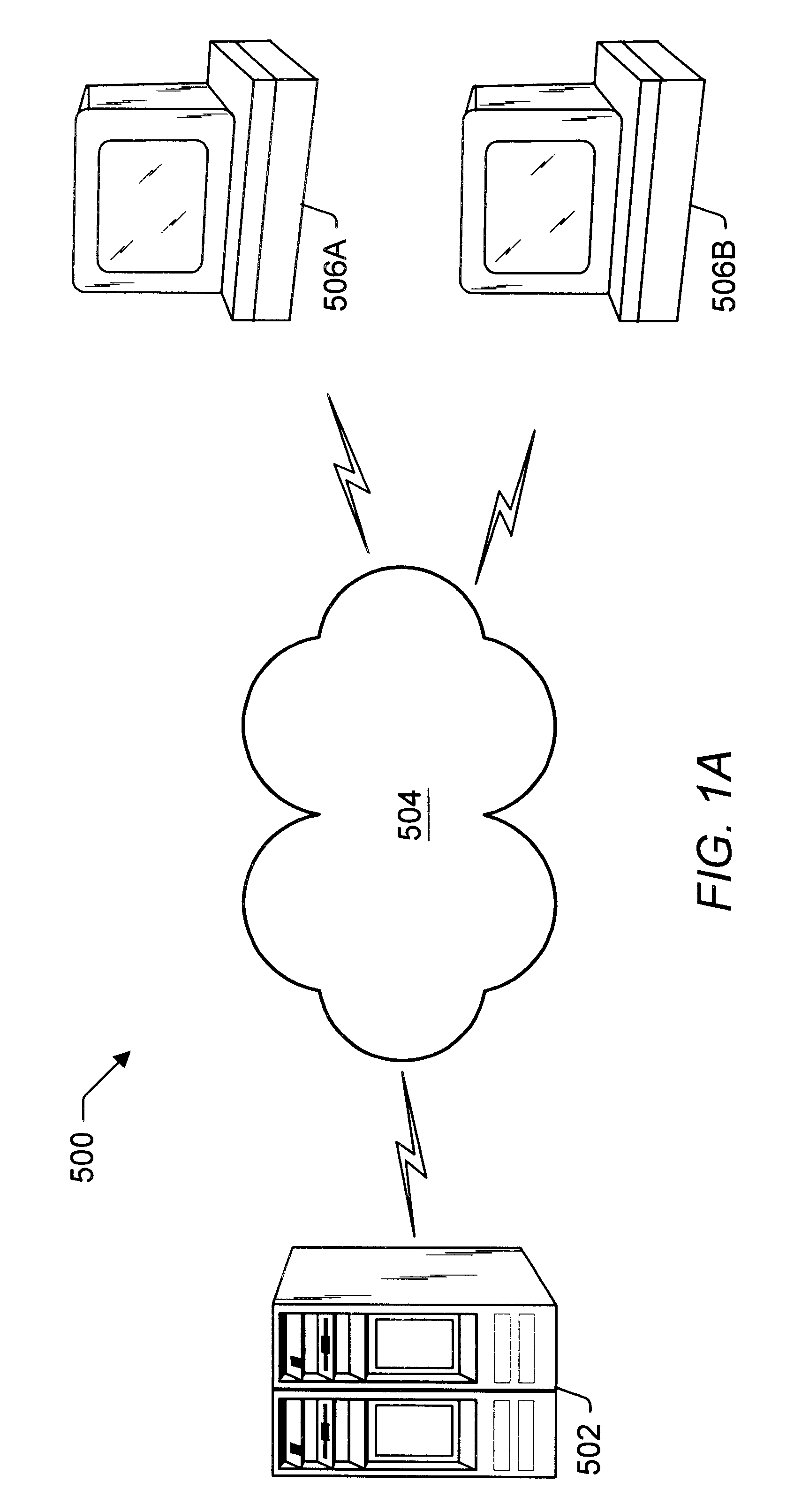Graphics system having a super-sampled sample buffer with generation of output pixels using selective adjustment of filtering for reduced artifacts
a sample buffer and output pixel technology, applied in the field of computer graphics, can solve the problems of increasing the complexity of images displayed, the complexity of graphics processors with a great deal of processing power, and the recent increase in both the complexity and the amount of data being sent to the display devi
- Summary
- Abstract
- Description
- Claims
- Application Information
AI Technical Summary
Problems solved by technology
Method used
Image
Examples
Embodiment Construction
Incorporation by Reference
U.S. patent application Ser. No. 09 / 251,453 titled "Graphics System With Programmable Real-Time Sample Filtering", filed on Feb. 17, 1999, whose inventors are Michael F. Deering, David Naegle, and Scott Nelson, is hereby incorporated by reference as though fully and completely set forth herein.
Computer System--FIG. 1
Referring now to FIG. 1, one embodiment of a computer system 80 that includes a three-dimensional (3-D) graphics system is shown. The 3-D graphics system may be comprised in any of various systems, including a computer system, network PC, Internet appliance, a television, including HDTV systems and interactive television systems, personal digital assistants (PDAs), and other devices which display 2D and or 3D graphics, among others.
As shown, the computer system 80 comprises a system unit 82 and a video monitor or display device 84 coupled to the system unit 82. The display device 84 may be any of various types of display monitors or devices (e.g...
PUM
 Login to View More
Login to View More Abstract
Description
Claims
Application Information
 Login to View More
Login to View More - R&D
- Intellectual Property
- Life Sciences
- Materials
- Tech Scout
- Unparalleled Data Quality
- Higher Quality Content
- 60% Fewer Hallucinations
Browse by: Latest US Patents, China's latest patents, Technical Efficacy Thesaurus, Application Domain, Technology Topic, Popular Technical Reports.
© 2025 PatSnap. All rights reserved.Legal|Privacy policy|Modern Slavery Act Transparency Statement|Sitemap|About US| Contact US: help@patsnap.com



